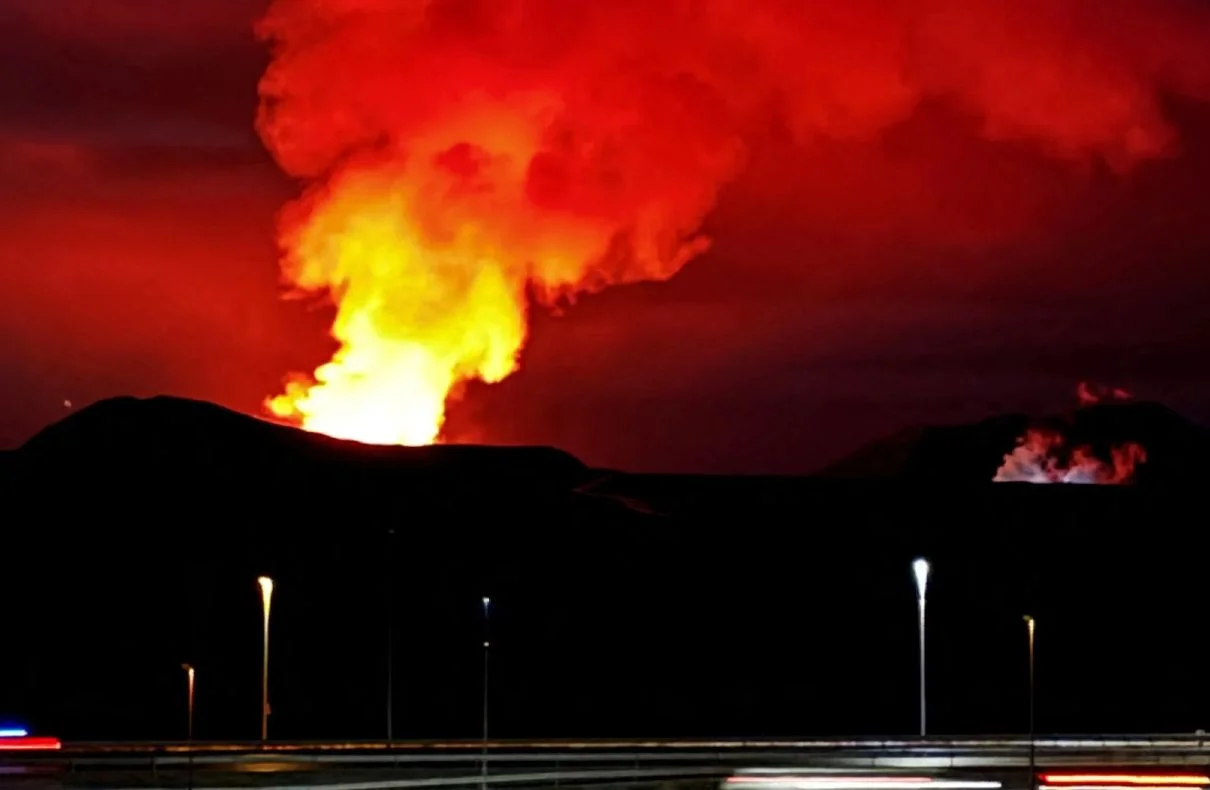
The breathtaking beauty and raw power of nature are on full display in Iceland’s mesmerizing volcano eruption. In 2024, the volcanic landscape of this Nordic island nation became the canvas for an awe-inspiring display of molten lava, ash clouds, and fiery explosions.
Situated on the edge of the Arctic Circle, Iceland is a land that constantly reminds us of the duality of nature. This small island nation is characterized by its stunning landscapes, which include glaciers, geysers, and hot springs. But what truly sets Iceland apart is its unique geology, shaped by the meeting of the Eurasian and North American tectonic plates.
In 2024, one of Iceland’s dormant volcanoes jolted awake, causing a stir among both locals and visitors. The volcano, known as Keriðura, began to show signs of activity after lying dormant for centuries. It served as a reminder of the dynamic nature of our planet and the potential for sudden and dramatic changes.
Massive Earthquake in Hawaii’s Big Island
As Keriðura erupted, nature unleashed its power in a breathtaking display of fire and molten lava. The volcano spewed ash clouds into the sky, casting an eerie glow over the surrounding landscape. The lava flowed from the crater, slowly making its way downhill, leaving behind a trail of destruction and awe-inspiring beauty.
While the eruption was a sight to behold, it also had profound consequences for the environment. The ash clouds emitted by the volcano posed a risk to air travel, causing temporary disruptions in flight patterns. Additionally, the lava flow destroyed vegetation and animal habitats, leaving a lasting impact on the local ecosystem. However, Iceland’s unique geology also offers an opportunity for new life to emerge in the aftermath of such events.
Volcano eruptions provide valuable opportunities for scientific research and insights into the workings of our planet. Scientists from around the world rushed to Iceland to study and document the eruption of Keriðura. These valuable findings help improve our understanding of volcanic activity, enabling us to better predict and mitigate the potential risks associated with future eruptions.
Europa: A Moon of Jupiter and Its Potential Habitability
While Iceland’s volcano eruption is a sight to behold, it is crucial to prioritize safety when experiencing nature’s power. Authorities closely monitored the eruption, ensuring the safety of both residents and tourists. Visitors had the opportunity to witness the eruption from a safe distance, marveling at the awe-inspiring display while preserving their well-being.
Iceland’s mesmerizing volcano eruption in 2024 showcased the immense power and beauty of nature. From the fiery bursts to the flowing lava, the eruption of Keriðura left an indelible mark on the landscape, reminding us of the ever-changing nature of our planet. While volcanic activity can have environmental and societal impacts, it also offers unique scientific insights into the inner workings of our world. By experiencing this captivating display while prioritizing safety, we can appreciate the majesty of nature’s power.
